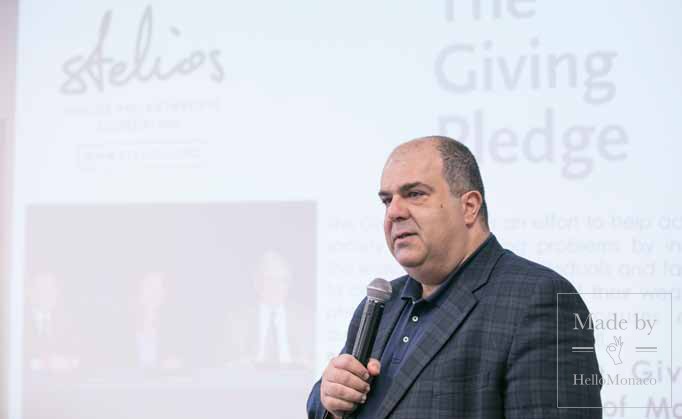The Legacy of Bosio: sculptor to the French monarchs
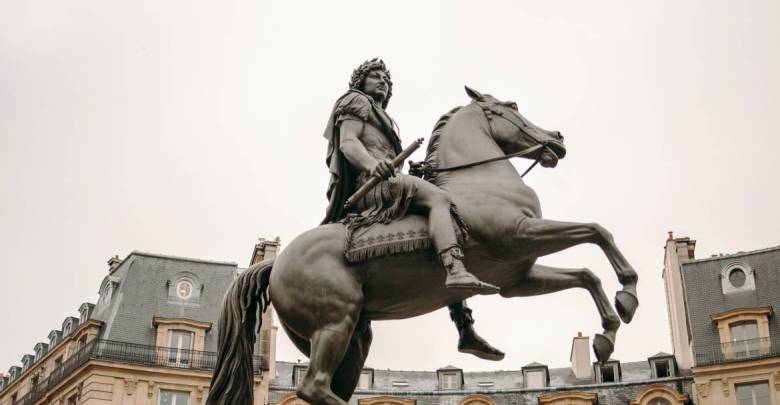
Monegasque sculptor Bosio made his name producing glorious works of art for the Monarchy in France. This article reveals details of his life and legacy.
Famous sculptures
The tourists who walk down the Champs-Elysées in Paris, cross the Place de la Concorde and go to the Jardin des Tuileries, they all know the Arc de Triomphe du Carrousel. At the top stands the spectacular sculpture of the Chariot of Peace, drawn by four horses. It is one of the most photographed sculptures in the capital. Not far from there, towards the Palais Royal, tourists come across the splendid equestrian statue of Louis XIV in the middle of the Place des Victoires. If they go to the Louvre, they will undoubtedly notice the statues of Aristeus, the god of gardens, of Hercules fighting the serpent or the nymph Salmacis emerging from the water. All these statues, and many others preserved at the Metropolitan Museum in New York or the Hermitage Museum in St. Petersburg, were created by a sculptor from our very own region.
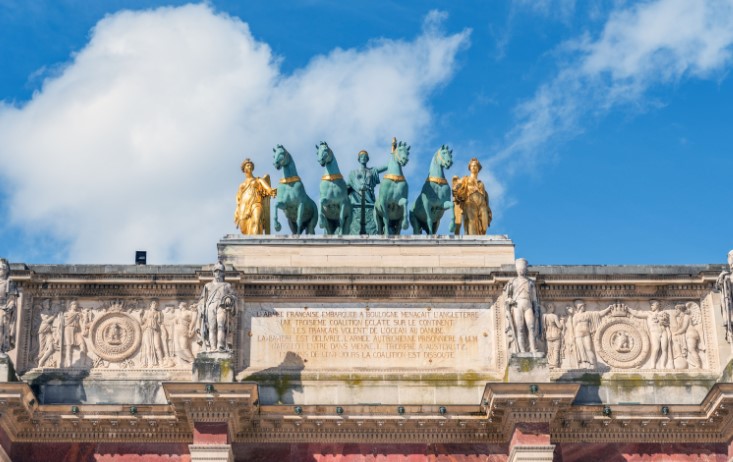
Biography and interesting facts
That artist is François-Joseph Bosio, who was born in Monaco on 19 March 1768. His parents, Francesco-Antonio and Teresa, were Monegasque. His father was a storekeeper in the army. Bosio at a very young age showed he had a gift for making sculpture. He was given a piece of wood, and transformed it into an effigy of Christ.
Napoleon I posed for him, as we can see in the work in the Miséricorde chapel in Monaco. Bosio attracted the attention of Prince Honoré, III thanks to the precocity of his talent. The sovereign brought him to Paris in 1786 and recommended him to the master artist Augustin Pajou.
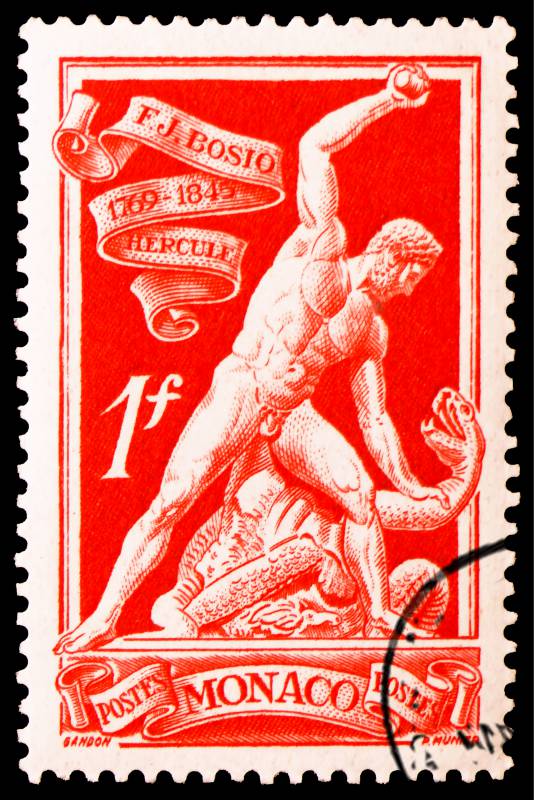
Italy beckoned him, like any artist at that time, and there he met Antonio Canova, the official sculptor of the Bonaparte family, who recommends Bosio to the Imperial Court in Paris. Bosio was then charged with carving a marble bust of the Empress Josephine. The result was so pleasing to Napoleon that the latter offered him the rare privilege of posing for him. When Napoleon remarried Marie-Louise, he again engaged Bosio’s services and he became the sculptor of the kings of France. His tools created the equestrian statue of Louis XIV, but also to the works: “an Angel showing heaven to Louis XVI” and “Henri IV child” (which you can visit in the Louvre Museum).
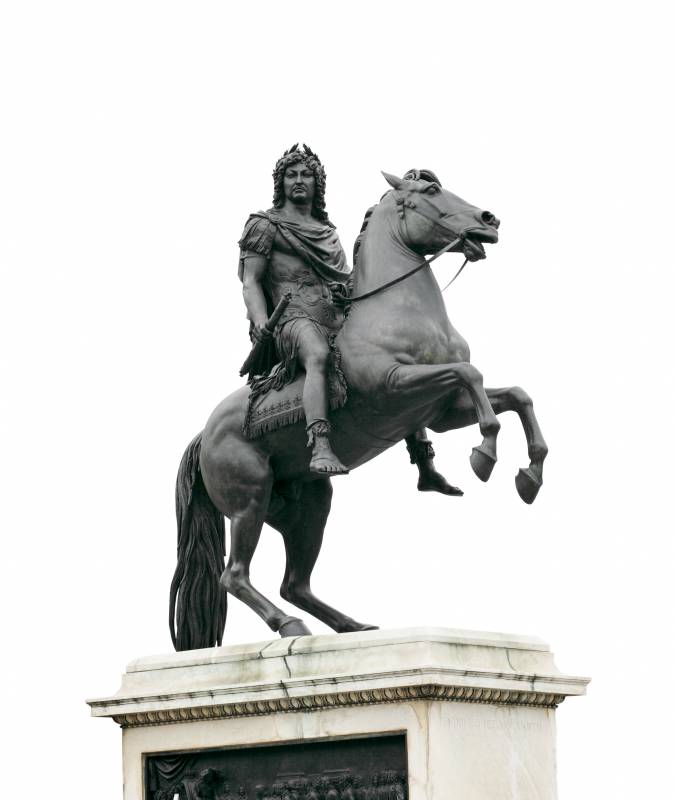
Louis XVIII granted him a pension of 4,000 francs. In 1828, Charles X awarded him the title of Baron at the inauguration of the statue of the Arc de Triomphe du Carrousel. In 1840 King Louis Philippe ordered a four-metre high statue of Napoleon for the ceremony of returning the Emperor’s ashes to Paris. Today it stands on the grounds of the Grande Armée near Boulogne-sur-Mer after having spent a century at the top of the famous column that stands there, voluntarily turning its back on England. It was moved after suffering some damage.
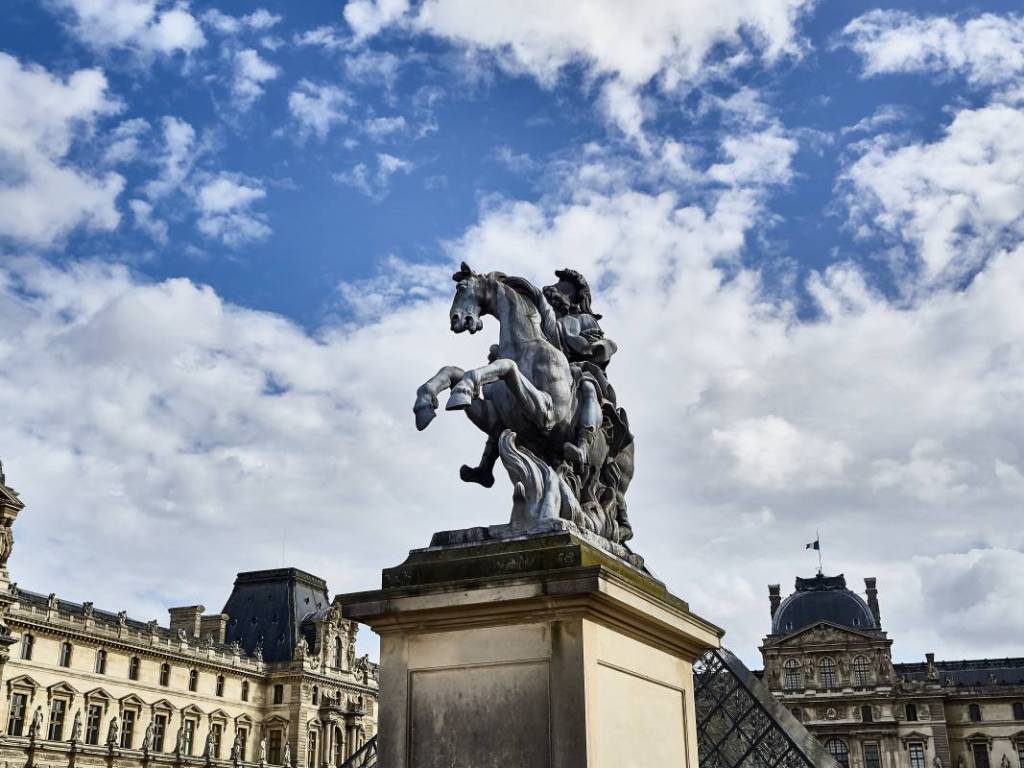
The incomplete bas-reliefs of the Pont des Invalides
Having died on 29 July 1845, Bosio did not have time to complete all the orders he had been given, notably those of the bas-reliefs of the Pont des Invalides in Paris. These would be completed afterwards, based on his drawings, by one of his disciples, who was none other than his nephew. This nephew, strangely named Astyanax, was the son of his elder brother, Jean-François, who was also a painter, born in Monaco.
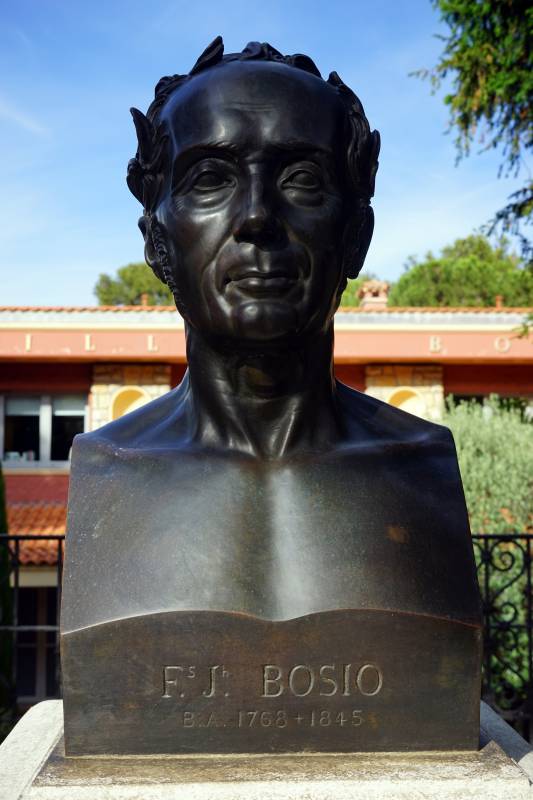
And while François-Joseph Bosio now rests in the Père Lachaise cemetery in Paris, not far from the tomb of the Nicois Marshal Masséna whose effigy he had carved, his four horses continue to reignat the top of the Arc de Triomphe of the Tuileries, galloping majestically in the Parisian sky.
Thanks to this beautiful site and many others, the sculptor Bosio will always be remembered for his artistic contributions to the glory of the Monarchy in France.

